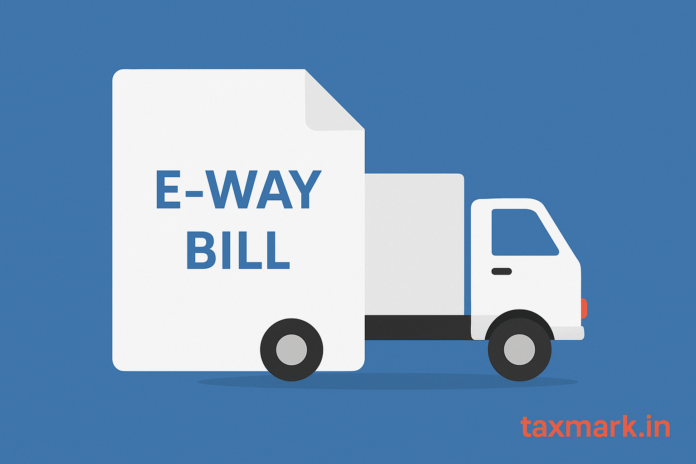The e-way bill under India’s GST regime has become fundamental for the movement of goods, bringing transparency and digital efficiency into our logistics and tax system. But, there are many instances where you simply do not need to trouble yourself with this compliance step. Here’s a friendly, straight-talk guide explaining when, why, and what to do when an E-way bill isn’t required, with a sprinkle of practical examples and insight along the way.
Why the E-Way Bill Exists
The main purpose behind the e-way bill isn’t just bureaucracy—it’s about curbing tax evasion and ensuring every shipment can be traced back as goods travel across state or state lines. But not every movement is meant to be tracked with an e-way bill, and the law has carved out several convenient exceptions.
Scenarios Where E-Way Bill Is NOT Required
Let’s keep it simple. You do not need to generate an e-way bill if you’re dealing with:
• Goods transported via a non-motorized vehicle (think classic cycles, hand-pulled carts, and animal-drawn wagons).
• Liquefied Petroleum Gas (LPG) for households and certain exempted customers.
• Kerosene distributed through the Public Distribution System (PDS).
• Postal baggage carried by the postal department.
• Currency, natural pearls, precious or semi-precious stones and metals, jewellery, and gold/silversmith wares.
• Used personal and household effects.
• Coral—unworked and worked.
• Movements involving empty cargo containers or empty cylinders for LPG (where not for supply).
• Transportation of goods that are specifically exempt under notifications, like unbranded milk, curd, lassi, veggies, fruits, live animals, meat, salt, books, and other items of educational importance.
• If the value of goods in transit is less than ₹50,000 (with some exceptions, like interstate movement of handicrafts and job work situations).
• Goods in transit for customs clearance, or movements entirely supervised by customs (like moving from ports to inland container depots and vice versa).
• Internal movement within a notified area.
• Goods in transit to/from Nepal and Bhutan.
• Goods carried by or for the Ministry of Defence.
• Transportation from a business site to a weighbridge within 20 km (returning to the site), when covered by a proper delivery challan.
Transactions That Sidestep the E-Way Bill
Beyond the goods themselves, some situations take you off the e-way bill hook as well:
• Activities that are not classified as a ‘supply’ under GST Schedule III—like employer-to-employee services, parliamentary or judicial functionaries transporting goods (believe me, it’s in the law!).
• Any supply or transaction by government bodies moving goods by rail.
• Supplies to canteens run by military units or under special CSD and atomic energy notifications.
But Hold On! Document Checklist When No E-Way Bill is Required
Just because you’re off the e-way bill grid does NOT mean you travel document-free. Always—and I mean always—carry the proper invoice, delivery challan, or bill of supply as required by GST law. If you’re carrying imported goods, add a copy of the bill of entry.
Consequences: Non-compliance Isn’t Worth It
If you skip generating an e-way bill when it is mandatory, or get lazy with your paperwork, the consequences are serious—ranging from hefty penalties to unwanted attention from the GST authorities. Being organized and honest saves a lot of trouble in the long run.
Pro Tips for Smooth Compliance
• Bookmark the GST notifications and checklists relevant to your line of work. It’s easier to check than to explain later!
• For mixed loads, remember: if any portion needs an e-way bill, don’t mix exempt and non-exempt stuff without generating one.
• Keep digital and paper records well-organized for quick inspections.
The e-way bill system aims to smoothen logistics and tax compliance, but when you don’t need it, don’t make life complicated. Just always double-check your paperwork, and if a rare situation pops up—ask your friendly GST expert before you roll out your goods.



